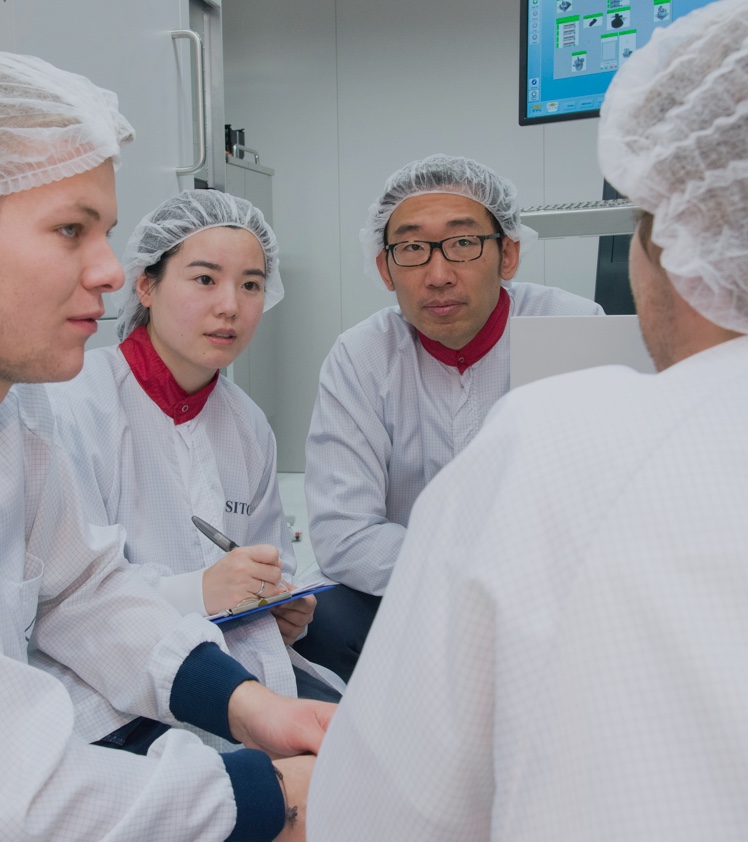- Produkte
-
Technologien
- IR LayerRelease™ Technology
- MLE™ - Maskless Exposure Technologie
- Nanopräge-Lithographie (NIL) - SmartNIL®
- Wafer-Level Optics
- Optische Lithographie
- Fotolackverarbeitung
- Temporäres Bonden und De-Bonden
- Eutektisches Bonden
- Transient Liquid Phase (TLP) Bonden
- Anodisches Bonden
- Metall-Diffusionsbonden
- Hybrid- und Fusionsbonden
- Die-to-Wafer Fusion and Hybrid Bonding
- ComBond® Technologie
- Metrologie
- Unternehmen
- Karriere
Anodic Bonding
Anodic bonding for interlayer free Si-glass bonding
Introduction
Anodic bonding is a technique to produce hermetic sealing between silicon/metals and glass insulators without using an intermediate layer. Borosilicate glass with high alkali ion concentration is a major requirement for this process. Different from other bonding techniques, anodic bonding involves heating and applying an electric field to the substrate materials.
Anodic bonding is also called field assisted bonding or electrostatic sealing. A clean wafer surface and atomic contact between the substrates is required for anodic bonding. Bonding takes place when the wafers are placed between the chuck and the temperature is increased to just below the glass transition temperature of glass, followed by applying electric potential of several hundred volts. After reaching a certain temperature, the oxides dissociate and alkali ions are driven into the glass by an electric field resulting in an oxygen-rich layer at the interface of the wafers. Oxygen ions are driven into the silicon surface by the electric field resulting in the formation of silicon dioxide. With specific applied pressure and voltage, the total bond process time is between 5 to 20 minutes.
Features
- Hermetic sealing
- Stable bonding
- Bonding below 4500C
- Low restrictions for Si surface
- High bond yield

Kontaktieren Sie unsere EVG-Technologieexperten!
Fragen?
Events

ICMAT 2025
Besuchen Sie unseren Vortrag “Enhancing Nano-Imprinting Lithography: Synchronizing Process and Materials” gehalten von Produktmanagerin Dr. Anna Dudus.

ICEPT 2025
Besuchen Sie unsere Präsentation "Hybrid Bonding as Crucial Technology for Future Applications" gehalten am 06. August von Technology Development Manager Dr. Viorel Dragoi .
Semicon India 2025
Visit our booth 1520!
- IR LayerRelease™ Technology
- MLE™ - Maskless Exposure Technologie
- Nanopräge-Lithographie (NIL) - SmartNIL®
- Wafer-Level Optics
- Optische Lithographie
- Fotolackverarbeitung
- Temporäres Bonden und De-Bonden
- Eutektisches Bonden
- Transient Liquid Phase (TLP) Bonden
- Anodisches Bonden
- Metall-Diffusionsbonden
- Hybrid- und Fusionsbonden
- Die-to-Wafer Fusion and Hybrid Bonding
- ComBond® Technologie
- Metrologie
Fragen zu unseren Technologien?
Kontaktieren Sie die EVG-Experten